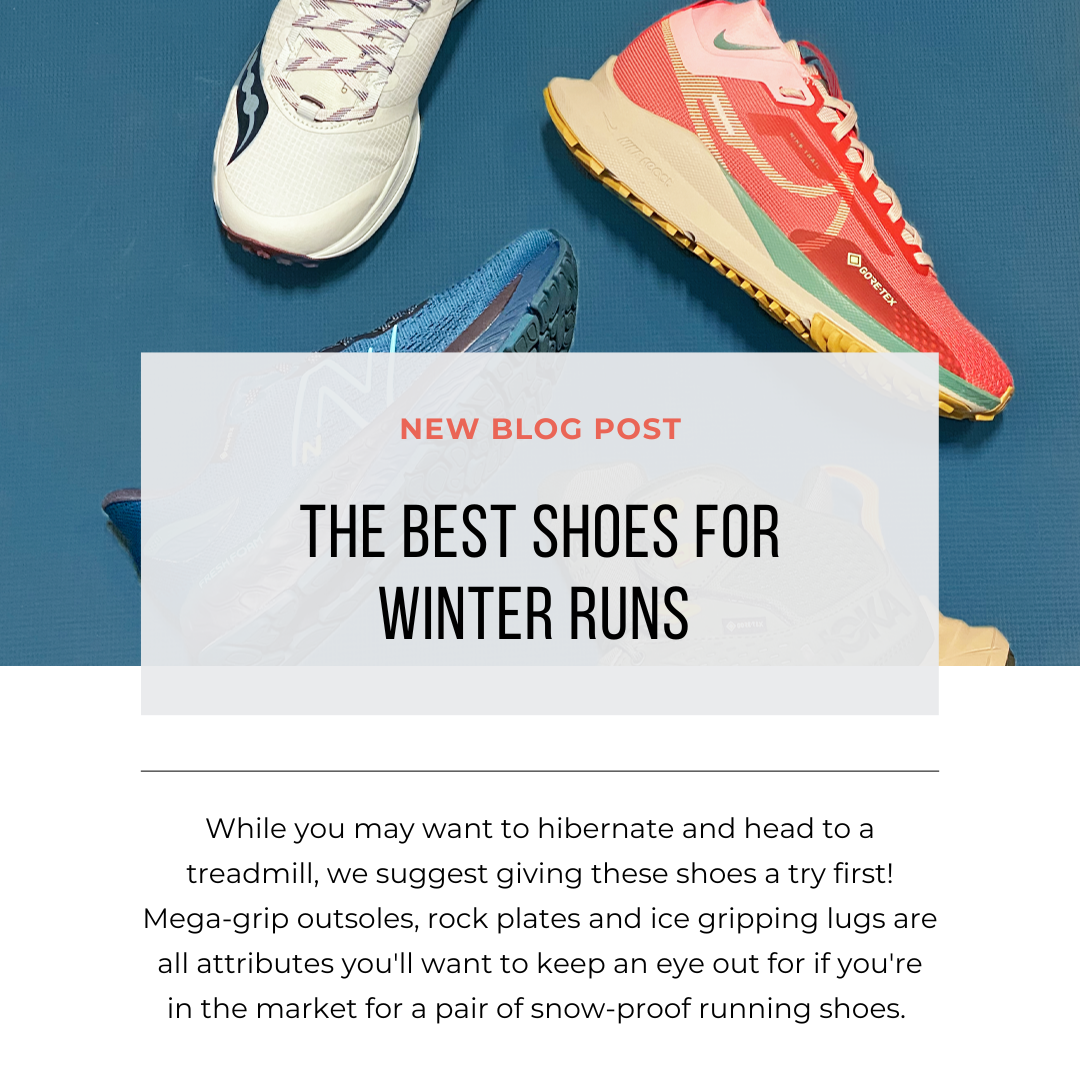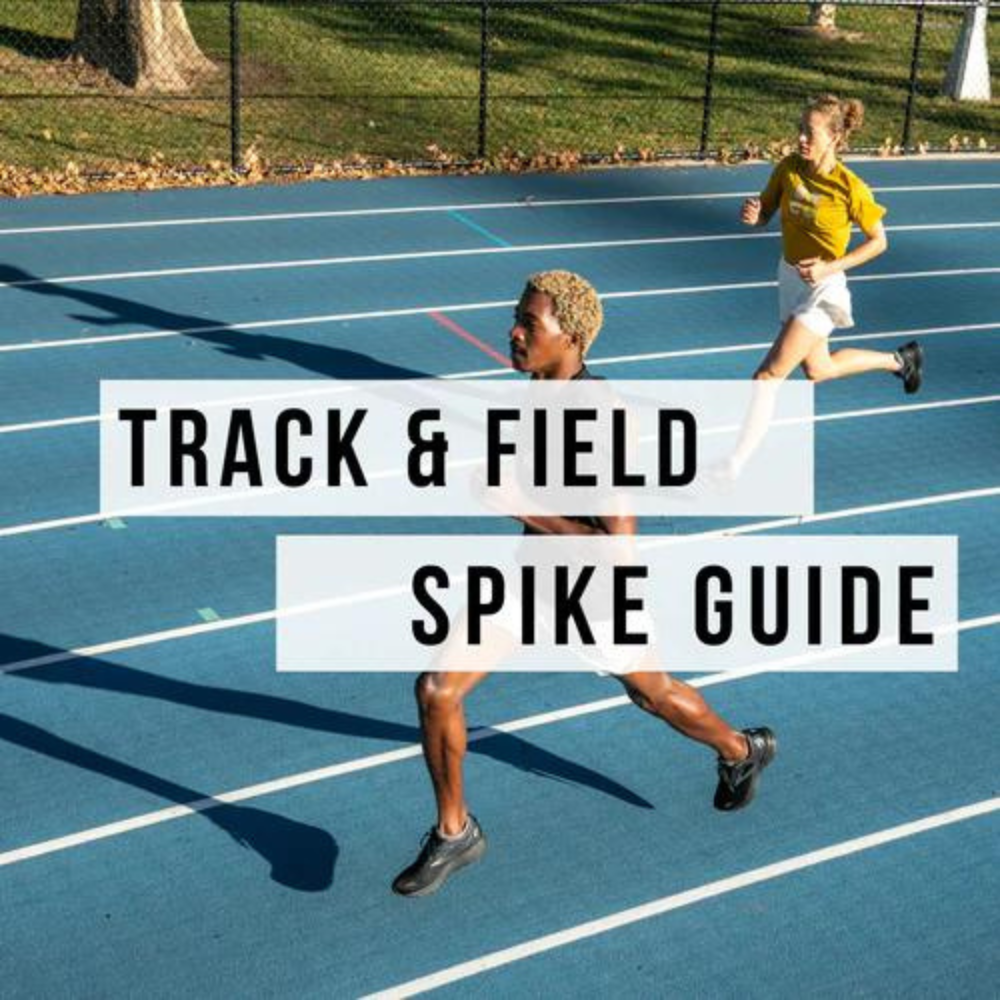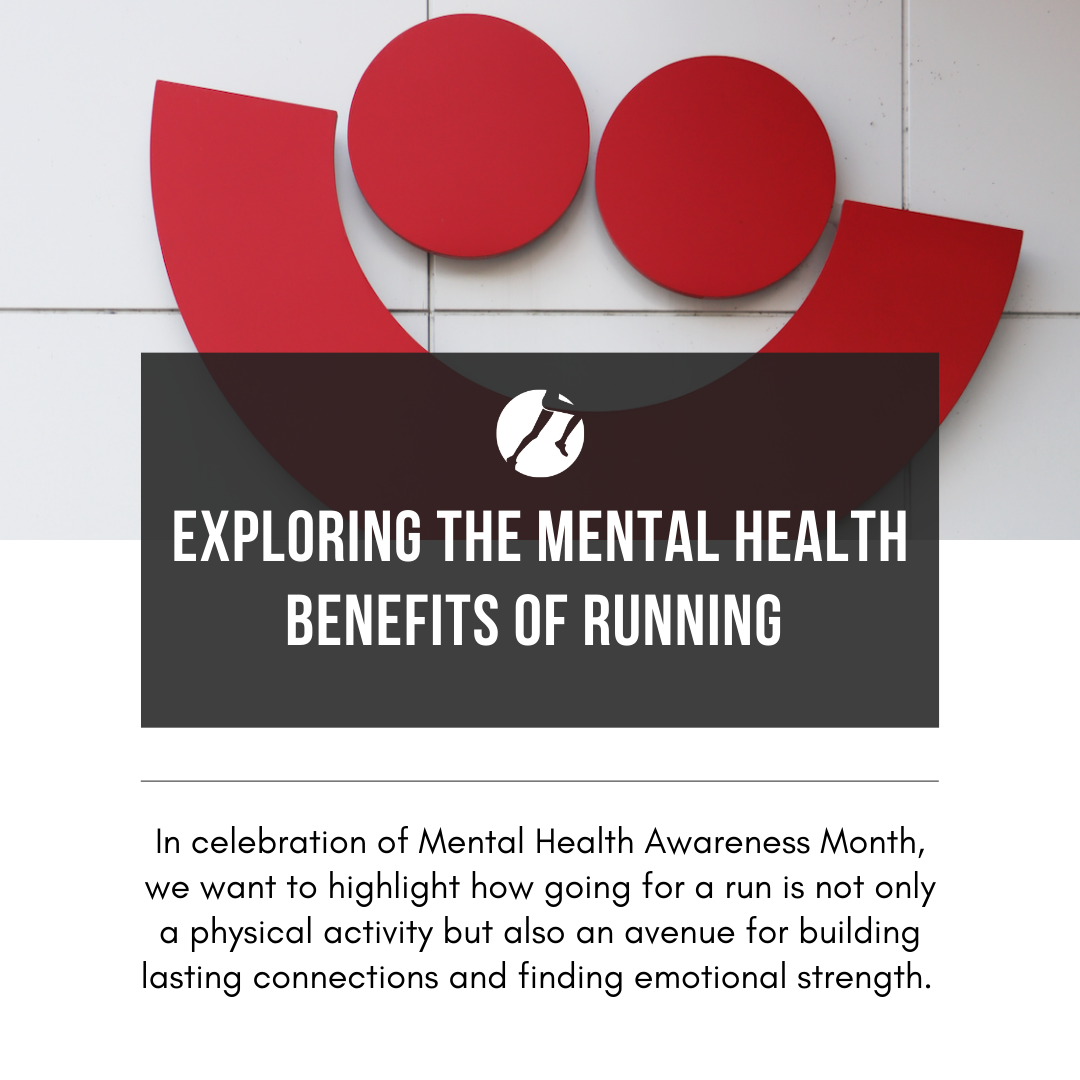How to Treat & Prevent Plantar Fasciitis in Runners
Foot pain from running can be a real pain in your heel!
What is Plantar Fasciitis and why does it happen?
Most runners experience their share of overuse injury, and although many of these conditions can be nagging, few are more so than plantar fasciitis.
Plantar fasciitis, is thought to be caused by the inflammation of a thick band of tissues along the bottom of the foot. It feels like a sharp stab or deep ache in the heel or along the arch, extreme stiffness after sitting for periods of time and in general, foot pain that doesn't seem to go away or respond well to treatments with anti-inflammatory drugs like ibuprofen.
Whether the condition is the result of chronic inflammation or repetitive trauma that results in degeneration or weakening of the tissue, the term "Plantar Fasciitis" can often be used as a catch-all when self-diagnosing injuries, even though there are a variety of other soft tissue disorders that can mimic plantar fasciitis symptoms.
How do you manage the pain and reduce inflammation?
All of the ice packs and foot massages in the world probably won't heal the inflammation and that's because it’s now believed that the problem is more likely the thickening of the plantar fascia and degeneration or weakening of the collagen fibers that most likely are caused by tears and stress in the soft tissue.
However ice, self massage will still soothe pain in the moment and hopefully stop you from dreading that first step in the morning or first mile of your run. We have an entire arsenal of tools for you to have at your disposal! Try using a lacrosse ball or foot massage ball while you're sitting at your desk at work, or while watching TV, especially prior to going for our a run. The Roll Recovery R3 was actually designed to both stretch and target sore spots on the foot and it's small enough to throw in your gym bag.
Stretching, every runners favorite thing to skip. It’s important to stretch and loosen both the plantar fascia itself, as well as the surrounding lower leg muscles like the calves and Achilles tendon. Andy Kerk, PT shows a few easy, yet effective stretches for you to try before and after your runs. Seriously guys stretching is a must, just like the swoosh on your favorite racing shoes, JUST DO IT.

What about a Strassburg Sock or Compression Socks?
The Strassburg Sock is designed to be worn at night while sleeping, or during periods of extended rest and claims to have studies showing a recovery in 8 weeks for 97.8% of patients who participated in the study. The catch? You have to tolerate wearing a sock while you sleep.
Part of the reason it takes PF so long to resolve is because the plantar fascia doesn’t receive a lot of blood. Using a pair of PF specific compression socks can boost blood flow and improve circulation by delivering targeted compression to specific areas of the foot, providing additional pain relief to inflamed tissues, promoting faster healing.
Prevention = Foot Strengthening
When we mention to you during a shoe fitting that rotating between multiple pairs of running shoes is to your benefit, we promise it's not a gimmicky sales pitch.
Incorporating a variety of drops and the amount of cushioning in your shoes is important to prevent the exact same repetitive stress from happening over and over. Rotating your shoes lessens the chance you’ll overuse specific muscles, helpful in preventing both plantar fasciitis and other injuries.
If you don’t vary shoes or don’t strengthen the muscles in your foot, then that can become a weak point leading to injury or reoccurrence of the same problem.
Andy Kerk, PT take us through a few simple exercises for you to begin incorporating into your fitness routine once the more moderate to intense pain has subsided some. Adopting a cross training routine, in addition to running will not only help reduce injury but will improve your running economy and performance. Like stretching you'll want to work beyond the foot muscles. Choosing exercises that target the surrounding stabilizing muscles, tendons and ligaments will further support proper gait and foot strike.
Proper Fitting Shoes & Inserts
This probably comes to no surprise that we'll talk a little bit about shoes! After all we are a running shoe store.
No gatekeeping here, the secret to a great fitting running shoe is to have your gait assessed by a professional (or DIY with your phone camera and treadmill) to see what's going on with your arches, ankles and knees when your foot strikes the ground. Depending on the findings (over pronating, supinating, flat feet...) you'll want to match the size, shape and support level needed to the correct shoe, specific to your needs.
All run speciality shoe brands make great shoes, however not all of those models will work for all feet. That's where we (or your local running store) come in! We'll help narrow down the many options you'll have to choose from and guide you into the best fitting and feeling pair of shoes. At times, depending on your fit evaluation, supplemental insoles can help add extra support where needed and often can aid in quick pain relief from PF.
Recovery Sandals
Birks are always in season and nothing is more fashionable than healthy and happy feet. At the heart of every Birkenstock design is the legendary footbed that serves a purpose to encourage proper foot wellbeing and health. The result is signature style coupled with all day comfort. Oofos sandals offer a patented footbed that cradles and supports arches and reduces energy exertion in the ankles by up to 47%.
All of this is important because if you are running or walking in ill fitting or very old and worn down shoes that do not support your feet properly, **enters in** foot pain, injury and unhappy soles. Sometimes, a simple change of shoe or NEW pair of shoes is the entire fix to your foot pain. Keep it simple, start with the shoes and go from there!




Comments